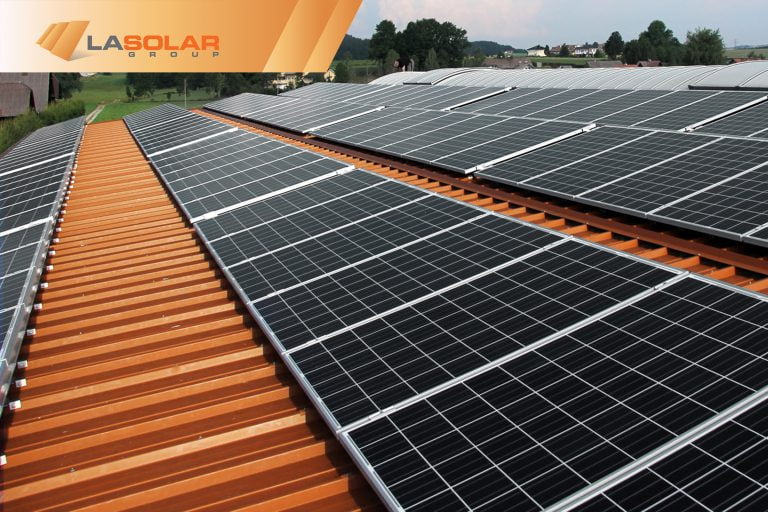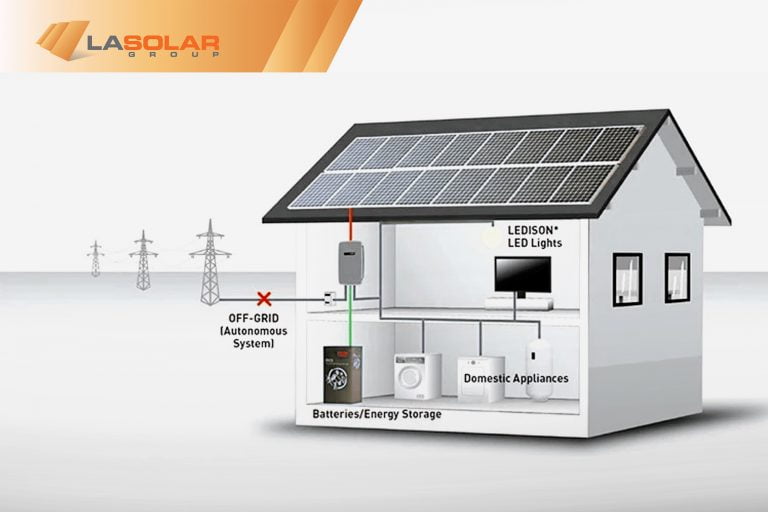Based on California Public Utilities Commission (CPUC) goals, new homes that are built must meet Zero Net Energy (ZNE) standards. ZNE homes reduce the carbon footprint resulting in energy efficiency and savings. ZNE homes produce at least as much energy as they consume, on average, over the course of a year – a zero cost toward energy consumption annually. Renewable energy such as solar is usually the power source of choice for NZE homes.
Energy Efficiency is the Foundation of ZNE
California’s official plan, the ZNE Residential 2020 Vision Framework, states that ZNE buildings should use two-thirds or less of the energy of the typical current home. When calculating ZNE, the initial energy efficiency rating of a home is 100. Any energy efficiency improvements bring that number down. Finally, a renewable energy-fueled power source (typically solar) is added to bring the home the rest of the way down to zero.
Energy efficiency measures to get a home “ZNE-ready” include:
-
Efficient envelope design strategies (e.g. insulation and double-paned windows)
-
Highly energy-efficient lighting technology
-
Day lighting
-
Energy-efficient HVAC (heating, ventilation, and air conditioning)
-
Energy controls, such as programmable thermostats
Once these steps have been taken, it’s time to add the power source. Solar is most often used, and there are a few things homeowners should know when considering solar as part of ZNE.
How Building An ZNE Home Affects Solar System Size & Cost
Newly-built ZNE homes typically require one-third less power than similarly-sized conventional homes. So a house that might normally have required a 6kW system could get away with (at most) 4kW. Although that does not correlate directly to one-third less the price, a smaller system will cost less overall.
An increasing number of contractors also offer ZNE-ready homes, which are energy efficient and wired for solar, but not yet connected to a system. Two years ago, the CPUC estimated the cost of ZNE at an additional $6-$8 per square foot of house. More recently, some contractors have begun offering the service at the same price as traditional construction, which speeds ROI on the reduced-size solar systems used by ZNE homes. Many homeowners still qualify for solar incentives in Los Angeles, too, so it has become less expensive to get solar for ZNE homes than it is for similar-sized homes that do not conform to ZNE standards.
How ZNE Retrofits Affect Solar Size
When an existing home gets a ZNE retrofit and then goes solar, how does the increased energy efficiency affect the home’s solar system power requirements? This ultimately depends on the extent of the retrofit. If a home’s energy efficiency rating is increased by 30%, the corresponding solar requirement will be 30% less than it was before the upgrade.
Solar System Monitoring is Part of ZNE
Many installers include power consumption monitoring systems when homeowners go solar. While this is a helpful feature for any home, ZNE consumption monitoring is especially useful. Since the goal of a ZNE solar system is to generate at least as much power as the house uses, you’ll want to confirm it’s performing as promised, even after you get your ZNE certification. Monitoring of both energy production and consumption will give you ongoing peace-of-mind that your rooftop solar system is doing its job.
If you’re considering buying a NZE-ready home, or retrofitting your existing home for NZE, we’d like to know. We have experience helping more than 2,000 LA-area homeowners go solar, and we’re here to answer your questions.




